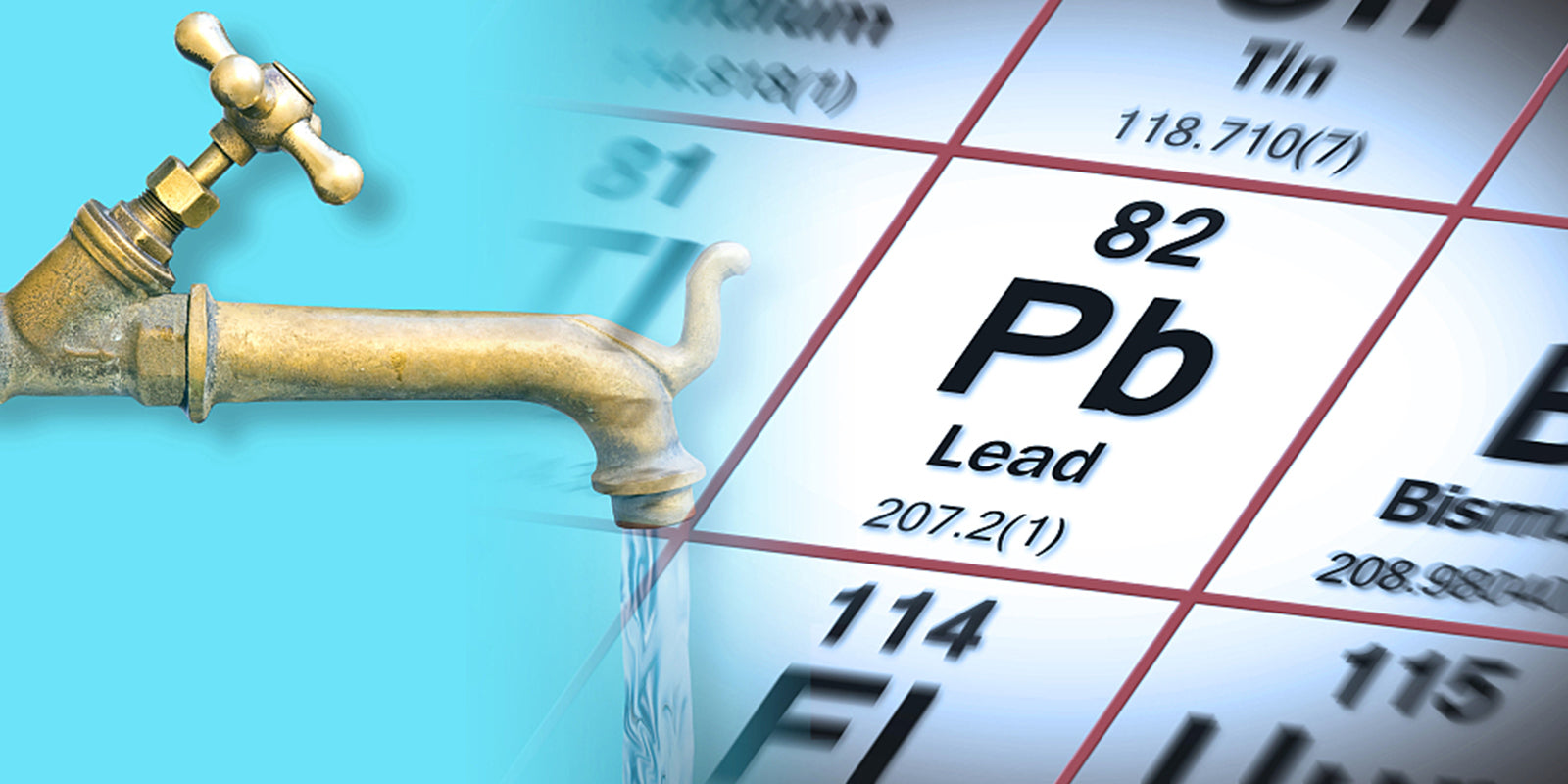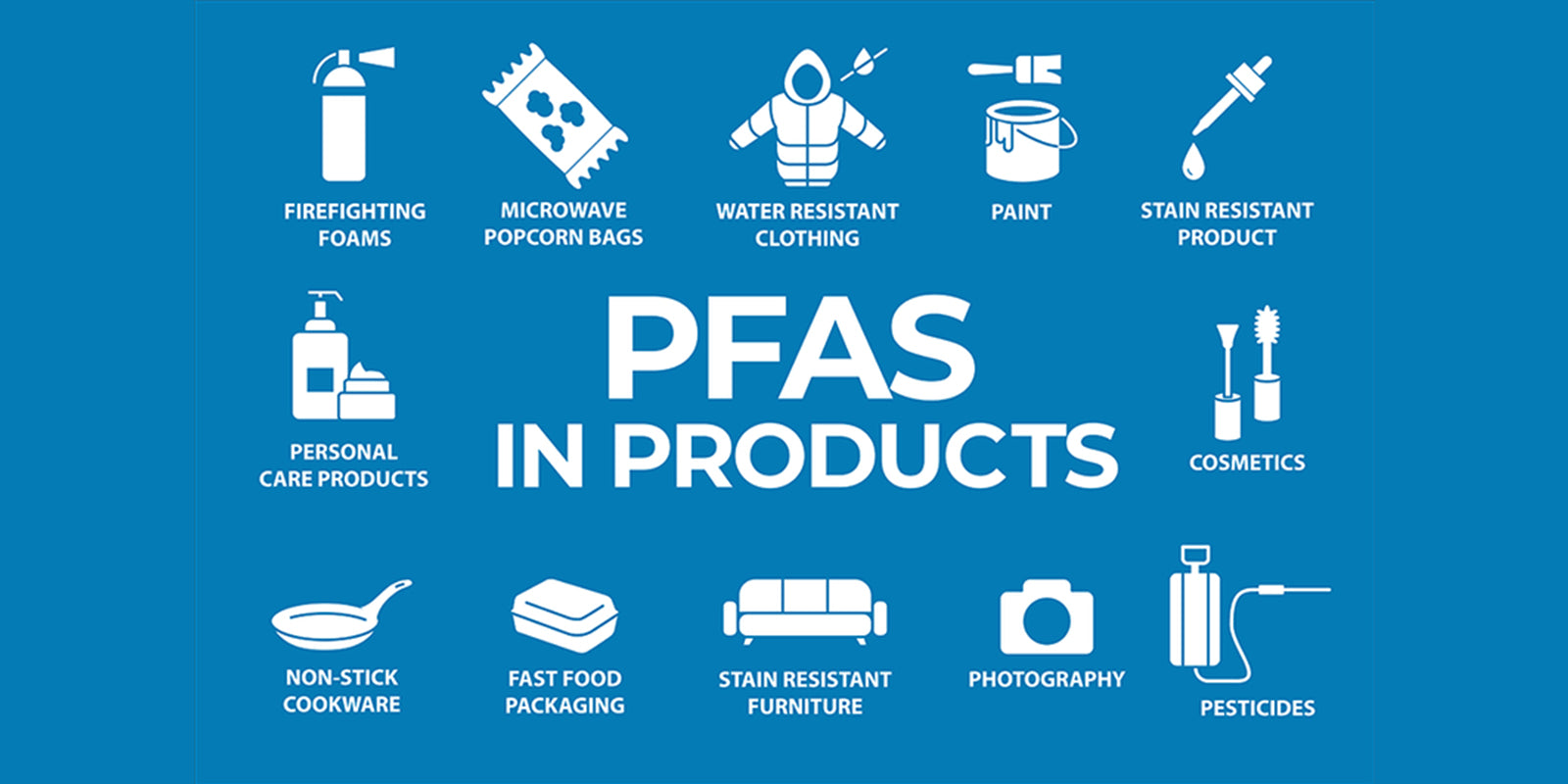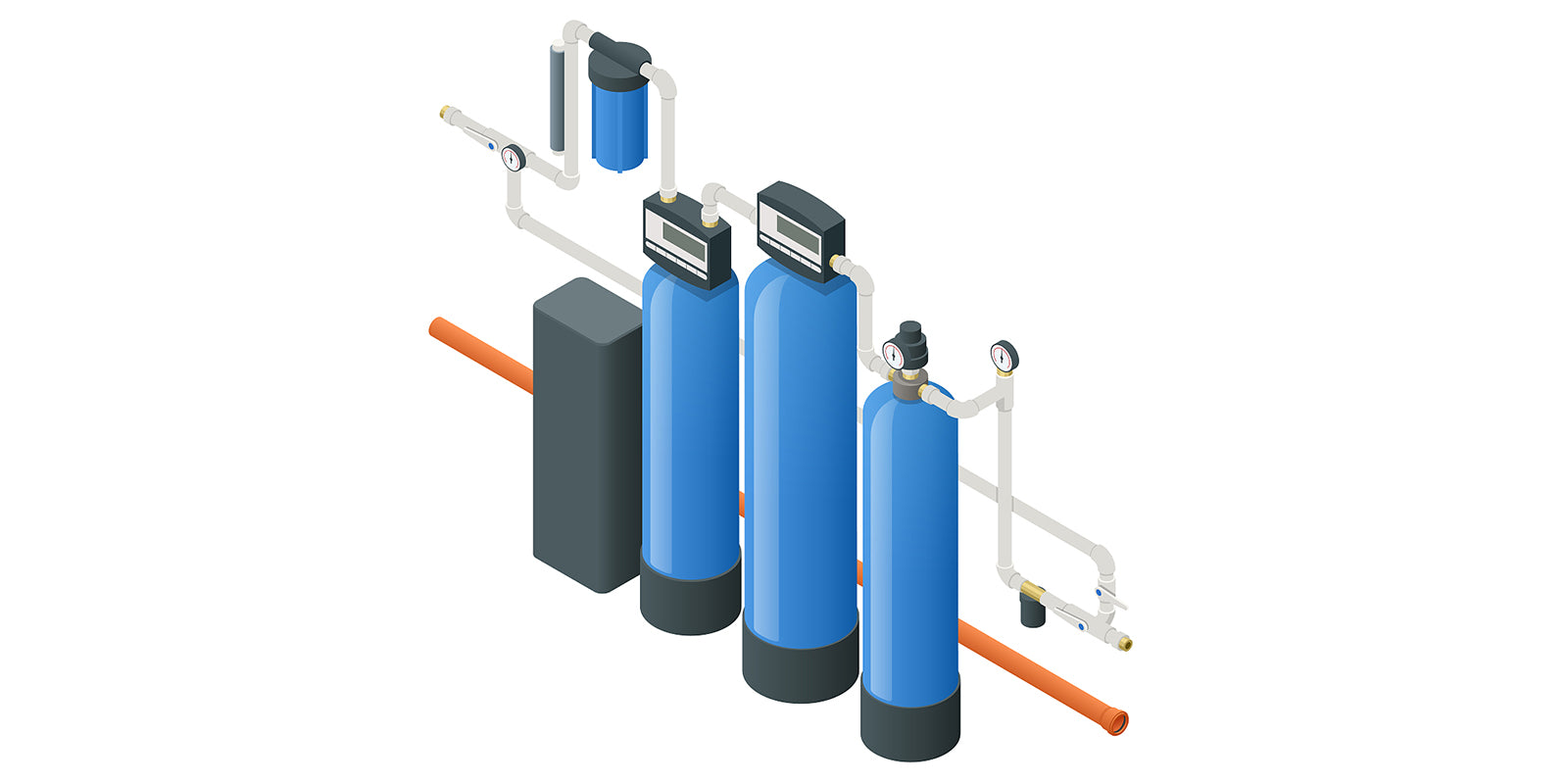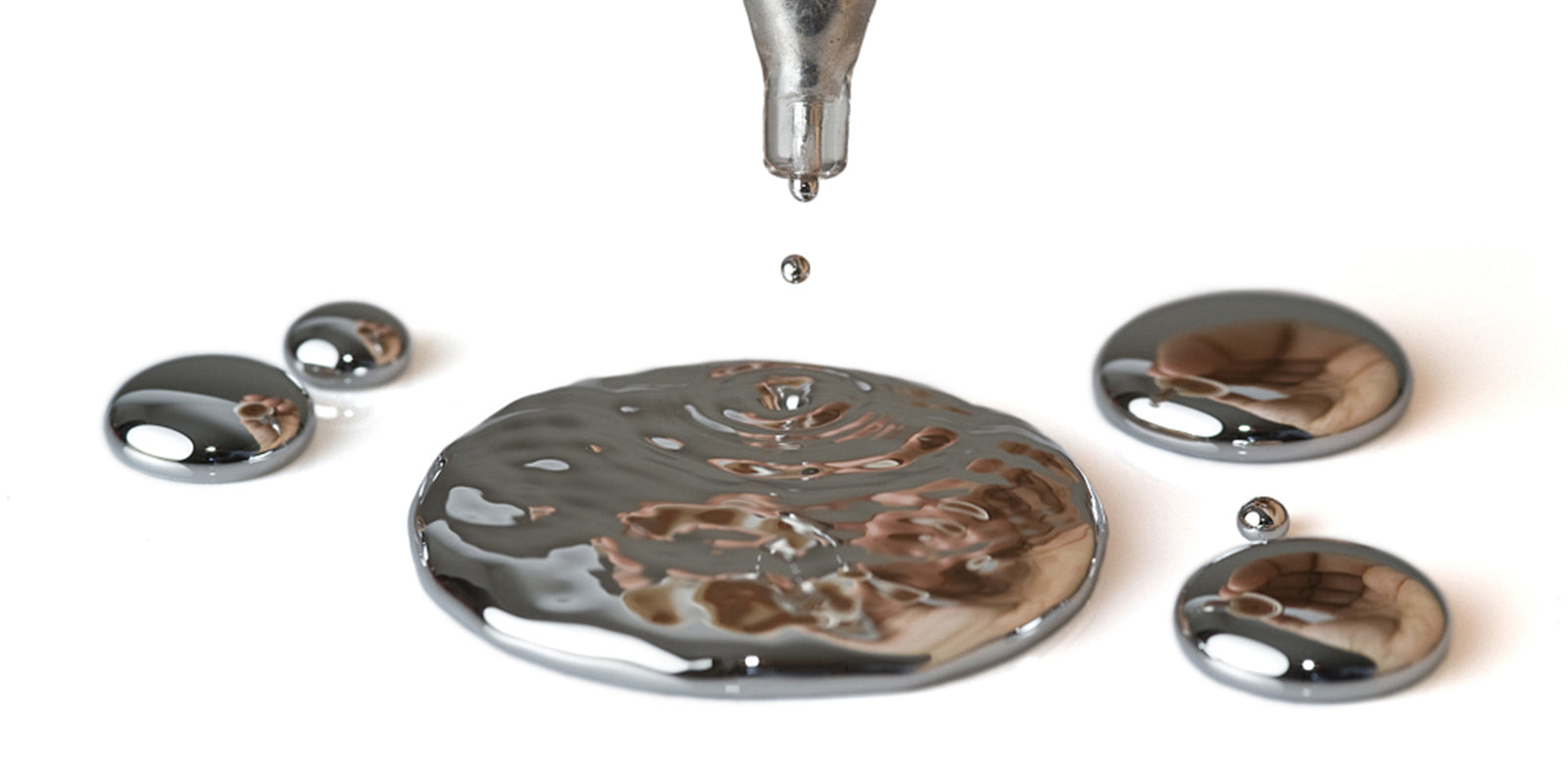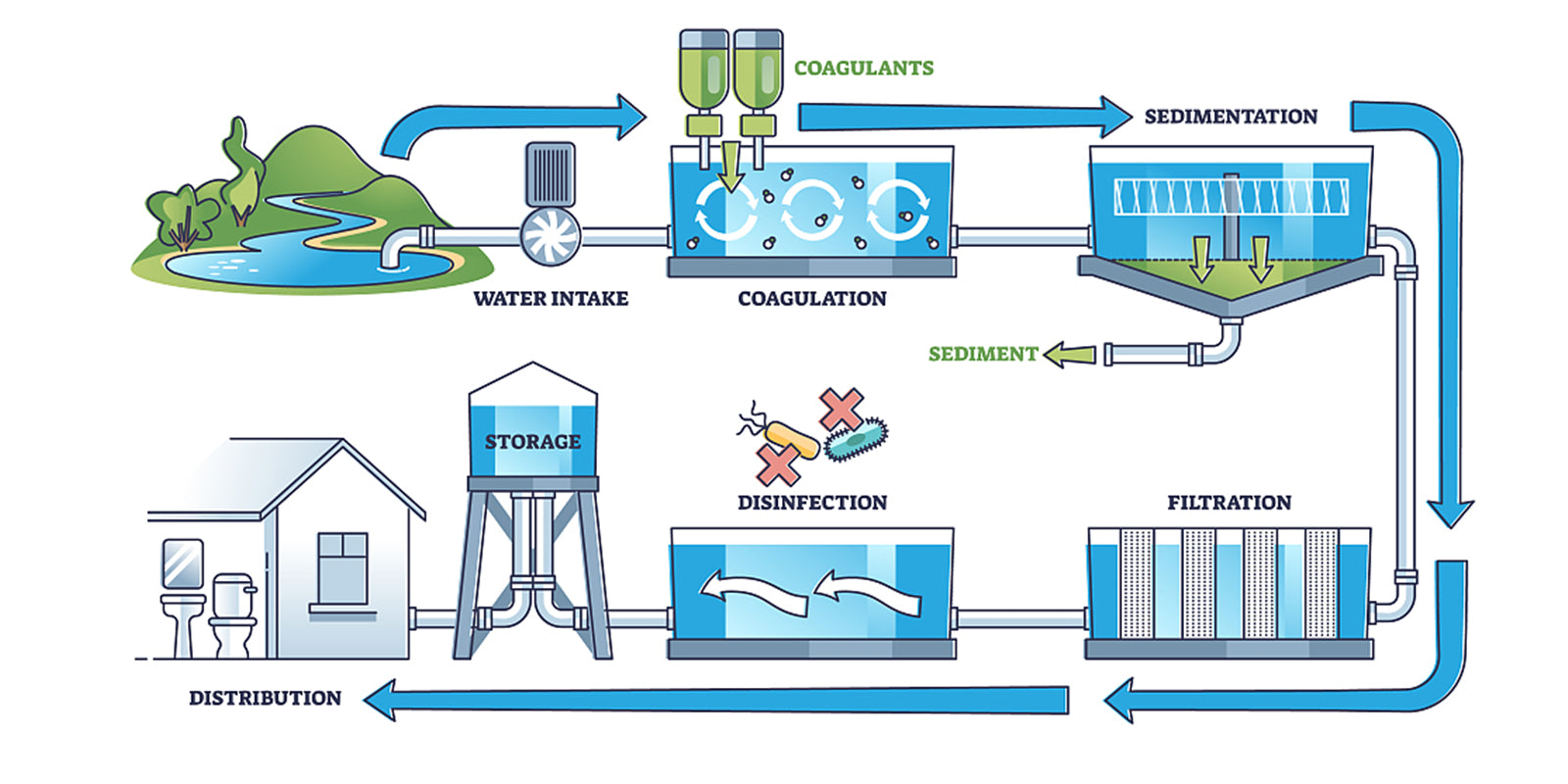Lead is a heavier metal other than gold and mercury, and as a kind of heavy metal, a small part of lead in the water environment comes from the leaching of natural lead-containing minerals, and most of it comes from the wastewater discharged from lead-containing mines, lead-containing compound smelting and production plants and enterprises. People may wonder what are the effects of lead in drinking water and how to reduce lead in water, even how much lead is safe to consume. This article will answer your question.

What is lead in water?
Lead is a naturally occurring metal that can be found in all parts of our environment – the air, the soil, the water, and even inside our homes. This metal has been used in a wide variety of products found in and around our homes, including paint, ceramics, pipes and plumbing materials, solders, gasoline, batteries, ammunition, and cosmetics.
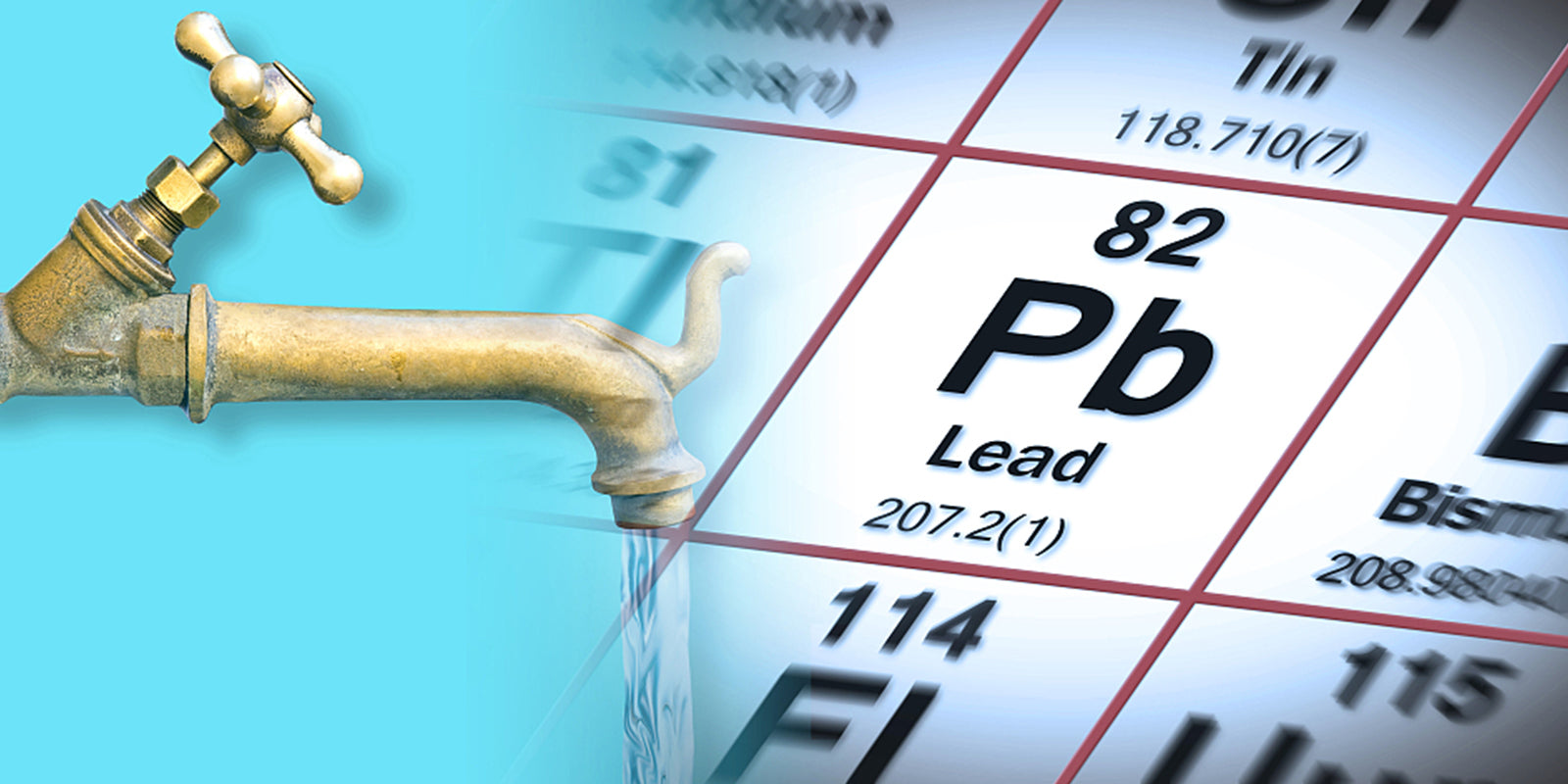
What are the effects of lead in drinking water?
1)Effect on health
How severe the symptoms are depends on the concentration in your body, which is usually highest if you have inhaled lead (for example, in the form of lead dust). Lead poisoning can cause high blood pressure, heart disease, infertility, kidney disease and death. Symptoms include:
Abdominal pain
Constipation
Fatigue
Headaches
Irritability
Loss of appetite
Weakness
Memory loss
Pain or tingling in the hands or feet
2)Bad taste&smell
High concentrations of lead contaminate water, making it cloudy, yellow or brown in color, and producing offensive odors that affect the availability and safety of the water.
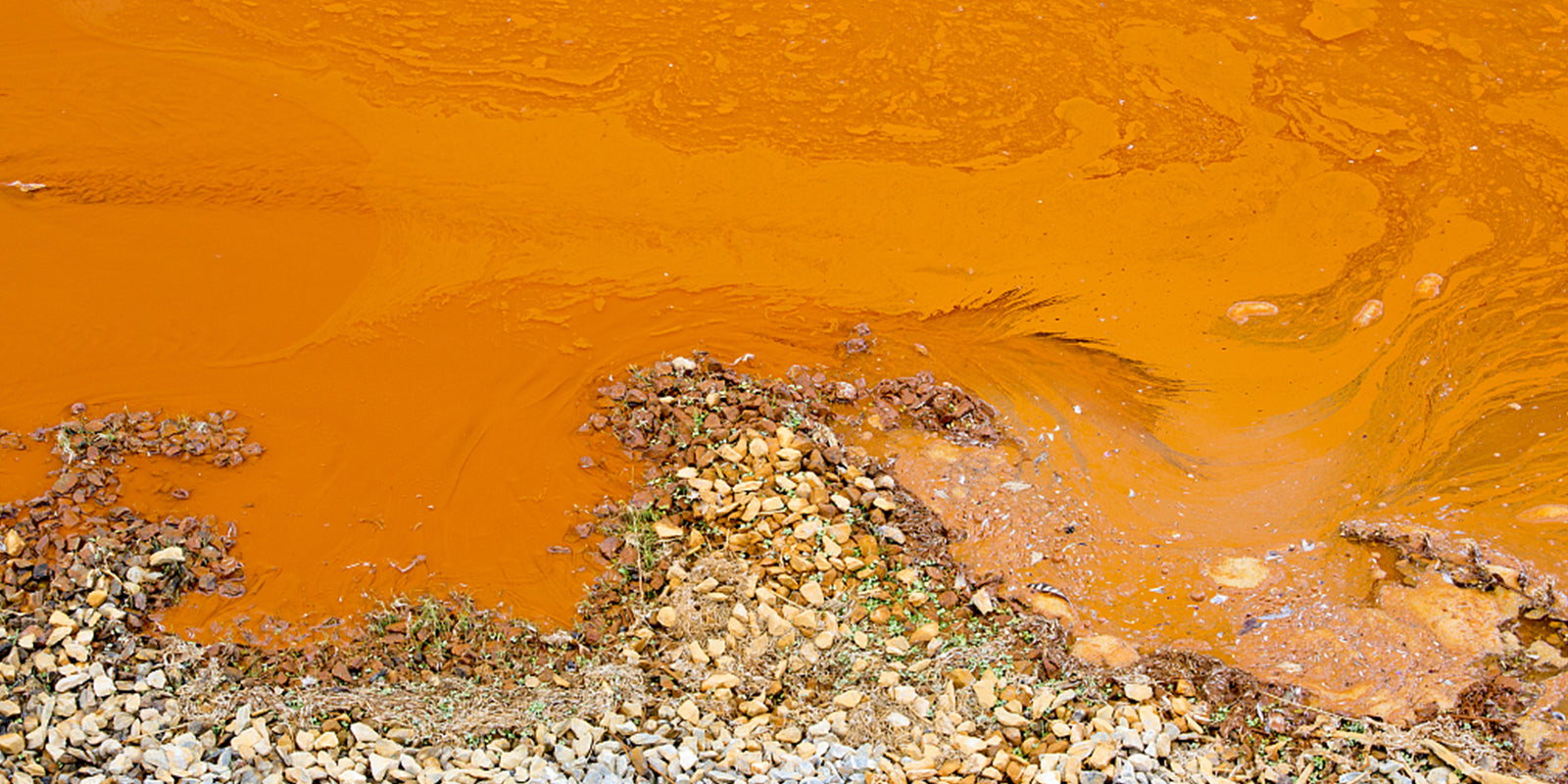
3)Biotoxicity
Lead has high toxicity to aquatic organisms. When lead contamination is present in water bodies, aquatic organisms such as fish, plankton, and aquatic plants can be severely affected. Lead can accumulate inside the organisms and disrupt their physiological functions, leading to abnormal growth and development, reproductive problems, impaired immune system, etc.
How to reduce lead in water?
1)Distillation
The use of distillation is what most people can think of as method to reduce lead. Distillation is the separation of the components contained in a liquid mixture by using the difference in volatility of the components to partially vaporize the liquid mixture and subsequently partially condense the vapor. Distillation is a very slow process that requires a large amount of energy from a heat source, so it is not the best process.
2)Reverse osmosis system
Reverse osmosis is a simple and economical way to protect your home's drinking water by filtering out contaminants such as lead. Reverse osmosis can remove almost 99.1% of lead from water.
In the reverse osmosis water treatment process, household water pressure pushes water through a series of filters. The membranes in the reverse osmosis system will filter out contaminants, including the removal of lead from the water. Through the reverse osmosis filtration process, impurities are flushed away, leaving you with filtered, clean drinking water.
Reverse osmosis is an efficient purification process that is cost-efficient to produce (only a few cents per gallon), consumes no energy, and is easy to clean and maintain.

